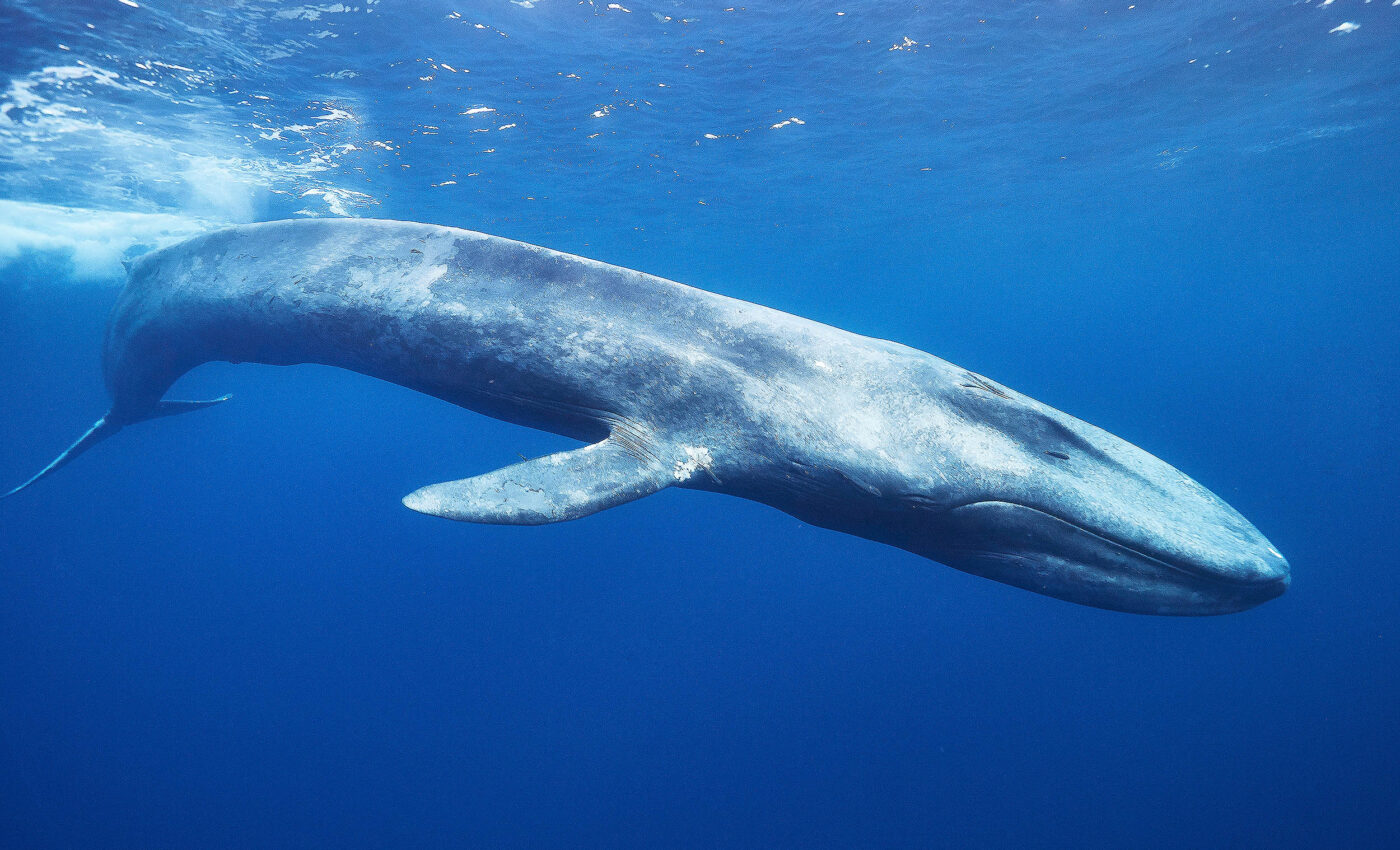
Ancient whale, Perucetus colossus, wasn't as big as previously believed
The ancient whale Perucetus colossus, once thought to rival the largest blue whales in size, has been reassessed. Previously estimated to weigh as much as 180 metric tons, new analysis suggests a significant reduction in its size, aligning it more closely with modern whales.
This research from a team at the University of California, Davis, and the Smithsonian Institution, challenges previous notions about the heaviest animals to have ever existed.
Discovering Perucetus colossus
Discovered in Peru, Perucetus’ fossilized remains date back approximately 39 million years, positioning it within the basilosaurids, an extinct group of early whales.
What sets Perucetus apart is the unusual density of its bones, a characteristic that, while beneficial for aquatic life, led to initial overestimations of its mass.
Professor Ryosuke Motani, a paleobiologist at UC Davis, alongside Nick Pyenson from the Smithsonian’s National Museum of Natural History, revisited these estimations.
They identified flaws in the original methodology, which over-projected the whale’s weight based on skeletal mass without accounting for the non-linear relationship between skeletal and non-skeletal mass across different animals.
Weighing the evidence
Motani and Pyenson’s recalculations place Perucetus colossus in the 60 to 70-ton range, considerably lighter than previously thought and much less than the largest blue whales, which can weigh up to 270 tons.
They suggest that even a 20-meter-long Perucetus would not surpass 110 tons, challenging the initial claim of it being the heaviest animal ever.
“This new weight allows the whale to come to the surface and stay there while breathing and recovering from a dive like most whales do,” Motani explained, highlighting the significance of this finding for understanding Perucetus’ lifestyle and buoyancy.
Feeding the giant
The diet of Perucetus colossus remains speculative, as paleontologists have yet to discover its skull or teeth. Initial theories proposed by Giovanni Bianucci and colleagues from the University of Pisa suggested a diet of coastal fish, shellfish, or scavenging, similar to some sharks.
However, the revised size estimate likens Perucetus to sperm whales, known for hunting substantial prey like giant squid, suggesting a potentially different ecological niche.
What Perucetus colossus teaches us
In summary, the reevaluation of Perucetus colossus’ weight challenges previous notions about ancient whale sizes and enriches our understanding of the life and adaptation of early whales.
By meticulously analyzing bone density and applying more accurate methodologies, researchers have presented a more realistic view of Perucetus.
Scientists have now aligned its size closer to that of modern whales and emphasizing the importance of accurate scientific analysis.
This work sheds light on the evolutionary biology of marine mammals, revealing how these magnificent creatures navigated their ancient environments and highlighting the continuous need for critical examination in paleontological research.
More about Perucetus colossus and whale evolution
As discussed above, the story of whale evolution begins around 50 million years ago with their land-dwelling ancestors, the even-toed ungulates, a group that includes modern-day giraffes, pigs, and deer.
These early ancestors were small, four-legged creatures that gradually ventured into aquatic environments in search of food.
Over millions of years, natural selection favored adaptations that enabled these mammals to thrive in their new watery habitat, evolving into species like Perucetus colossus and, eventually, modern whales that inhabit Earth today.
Leaping into the water
As these early ancestors adapted to life in the water, significant changes occurred in their bodies. Their limbs transformed into flippers, tails evolved into powerful flukes, and their bodies became streamlined for efficient swimming.
The development of a blowhole allowed them to breathe easily at the surface, and their ears adapted for better hearing underwater.
These adaptations gave rise to the first true whales, known as archaeocetes, which lived during the Eocene Epoch.
Divergence of baleen and toothed whales
Whale evolution took a significant turn with the divergence of two major groups: the baleen whales (Mysticeti) and the toothed whales (Odontoceti).
Baleen whales, which include the blue whale and the humpback whale, evolved baleen plates for filter-feeding on small fish and krill.
Toothed whales, such as orcas and sperm whales, retained teeth and developed echolocation, a sophisticated sonar system, to hunt their prey.
Adapting to a changing world
Throughout their evolutionary history, whales like Perucetus colossus have adapted to various challenges, from changing climates to shifting ocean currents.
These adaptations have not only allowed them to survive but to thrive in diverse marine environments around the globe.
Today, whales play a crucial role in the ocean’s ecosystems, acting as both predators and prey in the marine food web.
Future of whale evolution
As we look to the future, human activities pose new challenges to whale populations, from climate change to ocean pollution.
Understanding the evolutionary history of whales can help us appreciate the resilience and adaptability of these remarkable creatures.
By protecting their habitats and reducing human impacts on the oceans, we can ensure that the evolutionary journey of whales continues for millions of years to come.
In tracing the evolutionary path of whales from land to sea, we uncover a story of remarkable transformation and adaptation.
This journey highlights the dynamic nature of evolution and the interconnectedness of all life on Earth. Whales, with their vast migrations and deep dives, remind us of the wonders of the natural world and our responsibility to protect it.
The full study was published in the journal PeerJ.
—–
Like what you read? Subscribe to our newsletter for engaging articles, exclusive content, and the latest updates.
Check us out on EarthSnap, a free app brought to you by Eric Ralls and Earth.com.
—–













